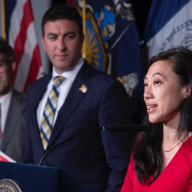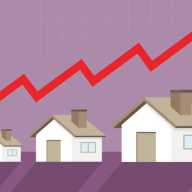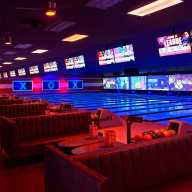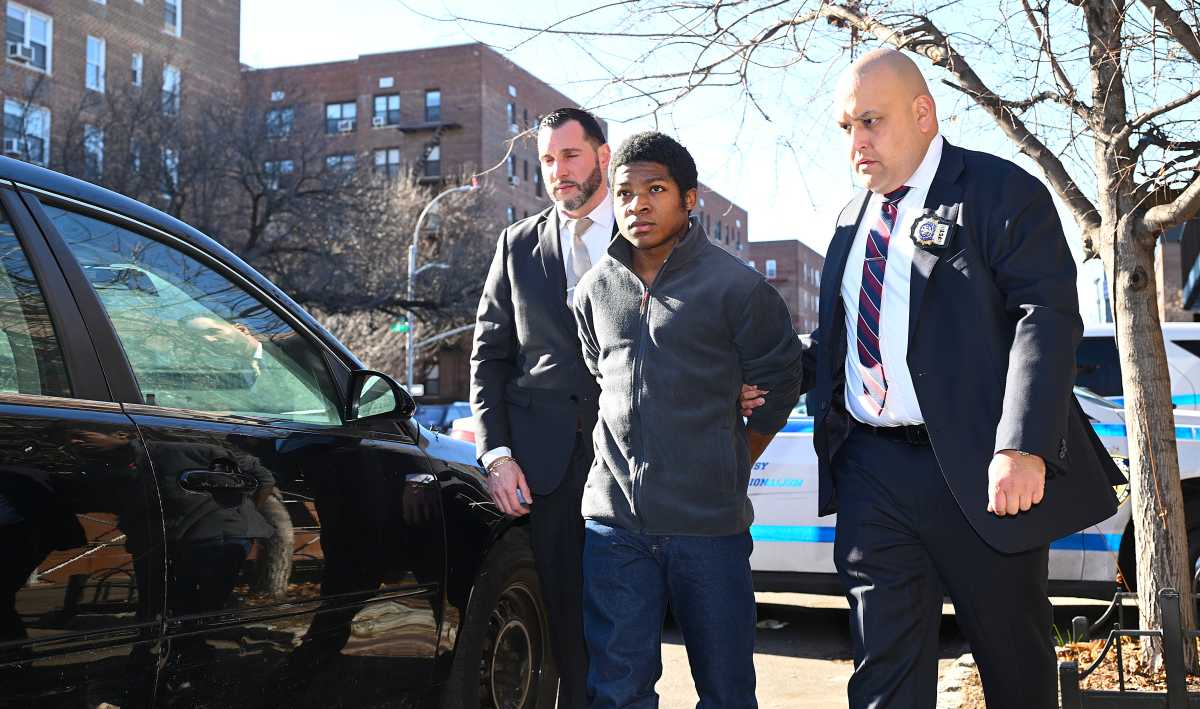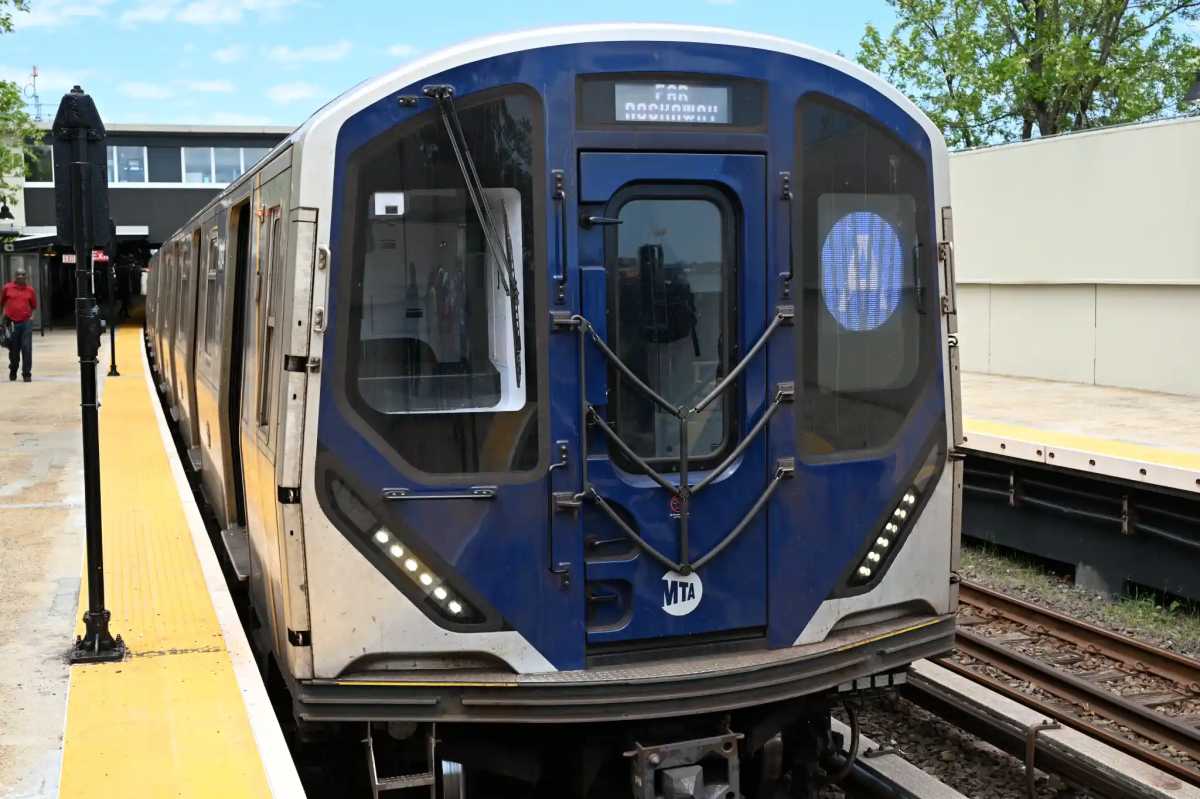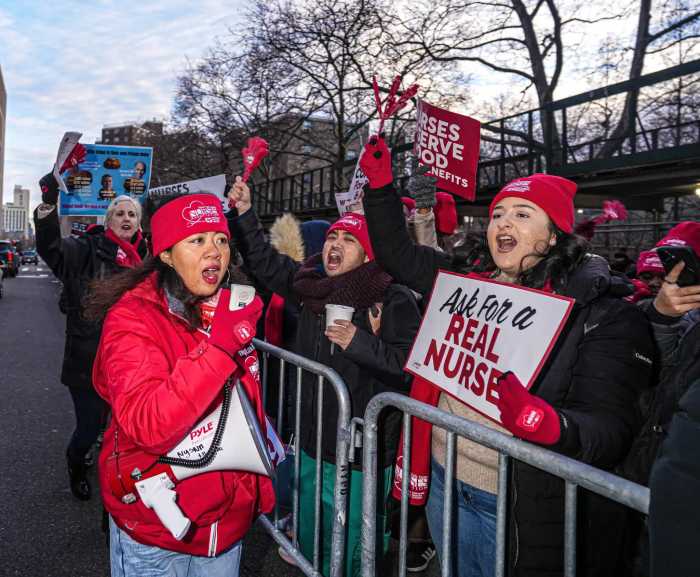From the barrio to the tree-lined streets of upscale neighborhoods all over Queens, thousands of people live in danger. They live in illegal apartments.
In the worst cases, unscrupulous building owners partition off houses into multiple apartments – sometimes as many as eight units in a two-story structure, even cramming living spaces in the attic and cellar.
Frequently, there is only a single exit for as many as four rooms – a narrow hallway that can be blocked by fire or smoke. This was the case in a November 7 fire in Woodside that claimed the lives of three Bangladeshi immigrants and left three, including the building owner, with serious injuries.
Firefighters, who search for possible victims in these labyrinthine deathtraps, encounter unnecessary risk. Sometimes they pay the price for a landlord’s greed.
Beyond the obvious danger caused by illegal conversions of homes into apartment buildings, there are other problems. The clandestine increase in population density impacts the quality of life – from overcrowded schools, to street congestion and parking problems, to strains on water, sewer and sanitation.
Borough President Helen Marshall admits that the problem is “persistent and pervasive” in a booklet, Fighting Illegal Conversions: A Comprehensive Guide for Communities, available on line at www.queensbp.org.
“Part of the reason for the proliferation of illegal apartments is that many homeowners and their tenants do not know what constitutes an illegal dwelling or how to seek remedies,” she said.
“Each year we receive thousands of complaints about illegal conversions and make thousands of inspections,” said Tony Sclafani, spokesperson for the city’s Department of Buildings (DOB).
Queens has the largest number of illegal conversion complaints in the city, according to Sclafani. “The style of home construction lends itself to illegal conversion,” he said.
“When there is an imminent threat to public safety, the Department will issue a ‘vacate order.’ In 2006 we issued 738 vacate orders for illegal conversions citywide,” Sclafani said. “In 2007, there were 823 vacate orders issued for conversions¬ – in 2008, the number was 1,086,” he continued.
According to experts, the problem is that owners often don’t file for a permit from the DOB, or have a licensed architect draw up plans. Illegal conversions are notorious for overloaded wiring, poor ventilation and lack of egress, they say.
In addition, by converting a private home into an income-producing property, the owner cheats the community by not paying a fair property tax, deducting their mortgage interest without declaring the income from rentals, or affording their tenants the protections of Rent Stabilization laws.
How is a prospective tenant to know whether they are about to lease an illegal apartment?
One rule of thumb is that if an apartment is in a cellar or attic, and there’s only on way out – it’s probably illegal.
The DOB provides a “Building Information System” on its web site. By selecting the borough and entering the building number and street name, anyone can view the property’s classification and Certificate of Occupancy, which describes the legal use.
If anyone suspects that a residence has been illegally converted into apartments, they can call 3-1-1, and the Department of Buildings will dispatch a “Quality of Life” inspector to investigate
Officials say there aren’t enough building inspectors in the city, and even if they go to inspect a property, if the owner doesn’t let them in, they have to seek a warrant to inspect the building. In the case of the fatal Woodside fire, inspectors gave the building a clean bill of health in 1990 and in 2004.
“Building inspectors have to gather evidence for a warrant, just like the police,” Sclafani said. “We look for things like multiple doorbells. But over the years, we’re finding that some landlords are concealing the evidence, like doorbells or mailboxes,” he added.









